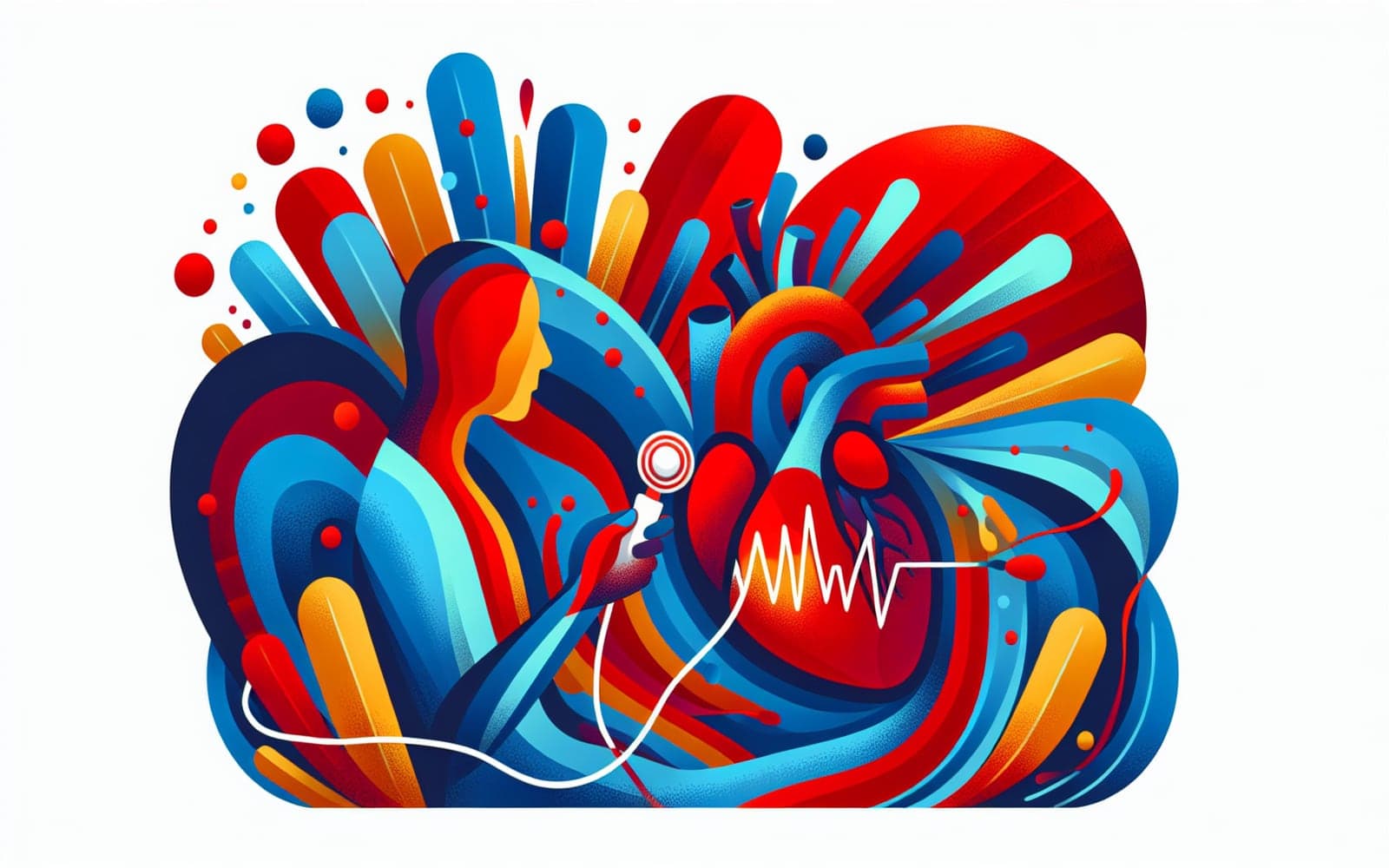Seeing Inside the Heart: How Echocardiography Detects Infective Endocarditis
Published: May 05, 2024
Echocardiography uses sound waves to create moving pictures of the heart, providing crucial information in diagnosing infective endocarditis (IE). This non-invasive test can reveal telltale signs of infection on heart valves.
Contents
Two Types of Echo: TTE vs. TEE
There are two main types of echocardiography used for IE diagnosis. Transthoracic echocardiography (TTE) is done from outside the chest and is usually the first test. Transesophageal echocardiography (TEE) uses a probe passed down the throat for clearer images. TEE is more sensitive and better at detecting complications of IE.
What Echocardiography Can Reveal
Echocardiography can show vegetations (clumps of bacteria and cells) on heart valves, a hallmark of IE. It can also detect valve damage, abscesses near the heart, and abnormal blood flow. These findings help confirm the diagnosis and guide treatment decisions, including whether surgery might be needed.

When to Use TEE
TEE is often recommended if TTE results are unclear or negative but IE is still strongly suspected. It's also used to look for complications in known IE cases. While slightly more invasive, TEE provides much clearer images of the heart valves and surrounding structures.
Frequently Asked Questions
TTE is painless; TEE may cause minor throat discomfort.
TTE usually takes 30-60 minutes; TEE about 90 minutes.
Yes, small vegetations or early infection may not be visible.
Studies suggest TEE is useful in 60-70% of suspected IE cases.
Key Takeaways
Echocardiography plays a crucial role in diagnosing IE and guiding treatment, often providing the first visual evidence of infection.
Curious about what echocardiography might show in your case? Consult with Doctronic to learn more about this important cardiac imaging test.Related Articles
References
Habib G, et al. Eur J Echocardiogr 2010; 11:202.
Bai AD, et al. J Am Soc Echocardiogr 2017; 30:639.
Always discuss health information with your healthcare provider.

